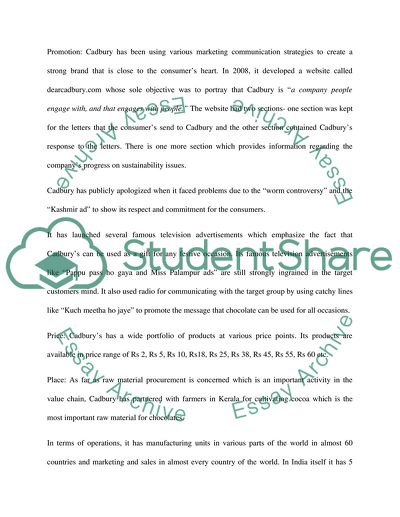Cite this document
(Position of Cadbury's Chocolate in India Case Study - 1, n.d.)
Position of Cadbury's Chocolate in India Case Study - 1. Retrieved from https://studentshare.org/marketing/1739553-strategic-marketing
Position of Cadbury's Chocolate in India Case Study - 1. Retrieved from https://studentshare.org/marketing/1739553-strategic-marketing
(Position of Cadbury'S Chocolate in India Case Study - 1)
Position of Cadbury'S Chocolate in India Case Study - 1. https://studentshare.org/marketing/1739553-strategic-marketing.
Position of Cadbury'S Chocolate in India Case Study - 1. https://studentshare.org/marketing/1739553-strategic-marketing.
“Position of Cadbury'S Chocolate in India Case Study - 1”, n.d. https://studentshare.org/marketing/1739553-strategic-marketing.


